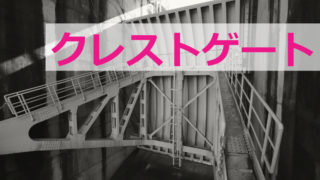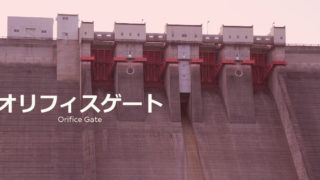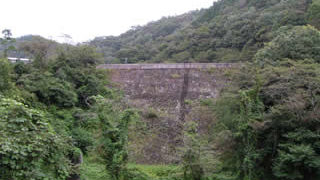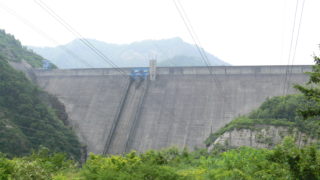 "ka" column or row of the kana syllabary
"ka" column or row of the kana syllabarymomentum reducer
A momentum reducer is a structure that prevents water from flowing out of a flood discharge because the energy of the water flowing out of the discharge can be quite large, which may cause the point where the water falls to be cut off. It is literally a structure that reduces the momentum of the water. There are several types of momentum reducing structures, and they are selected according to the dam type, geology, and surrounding environment.





